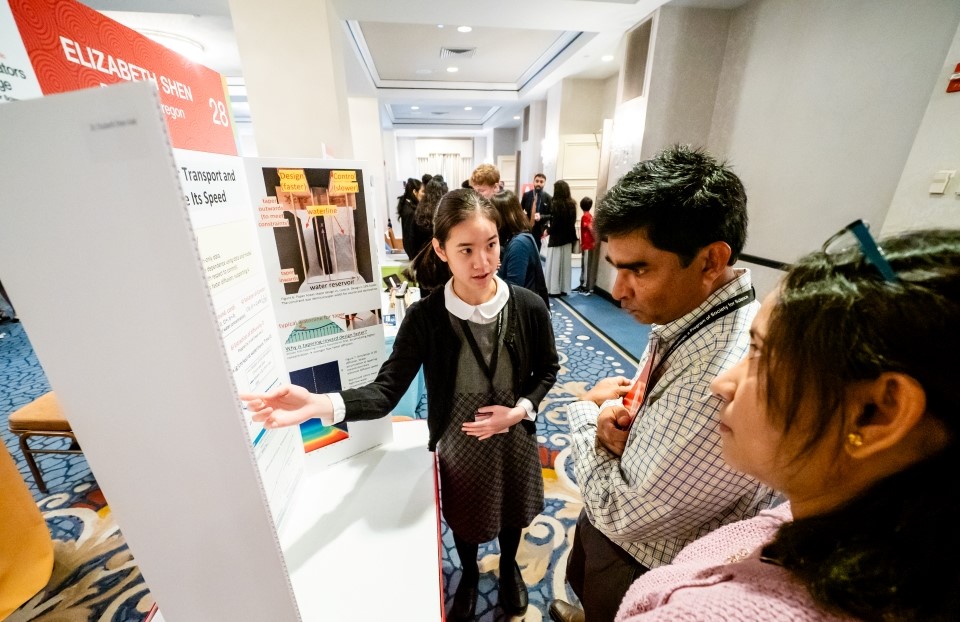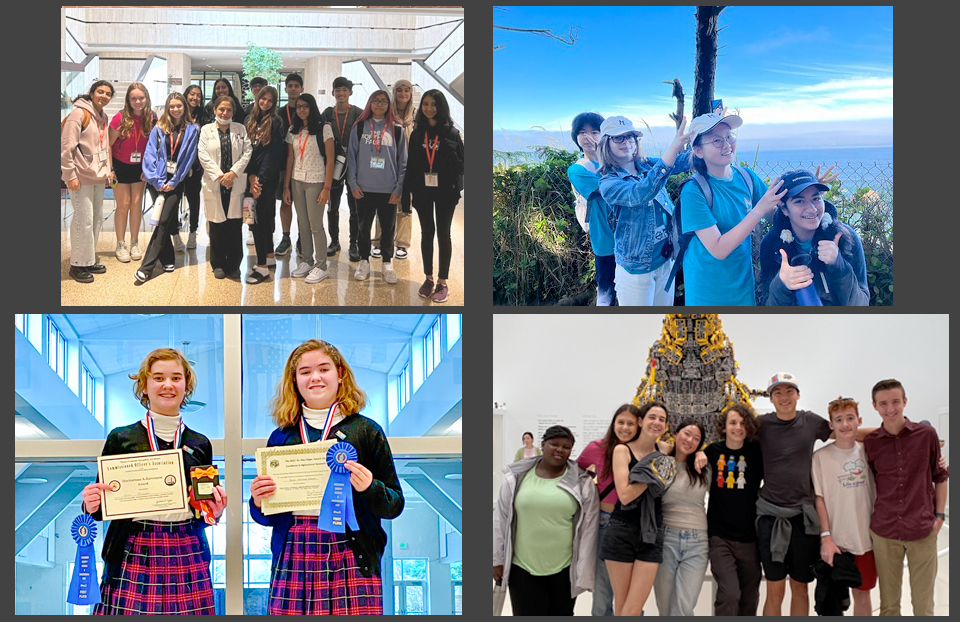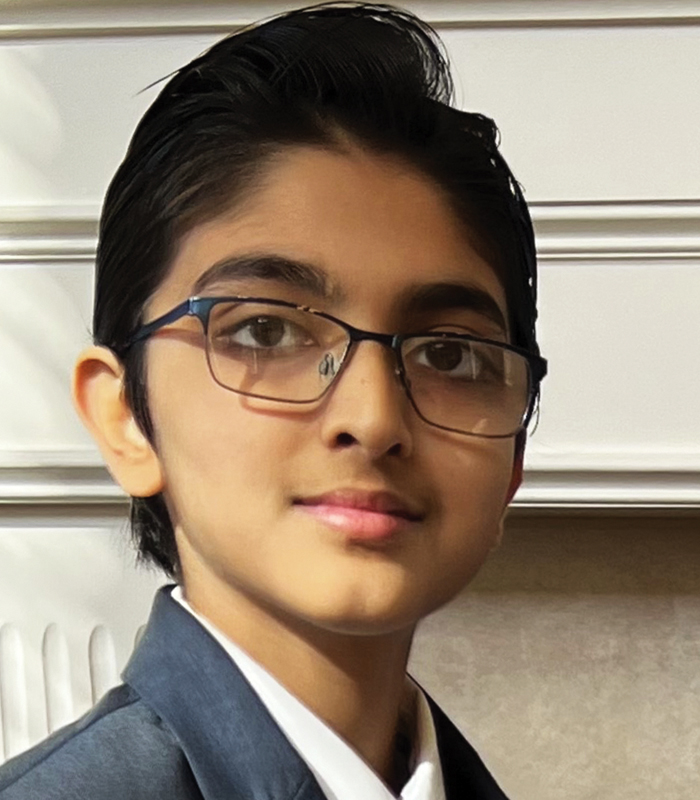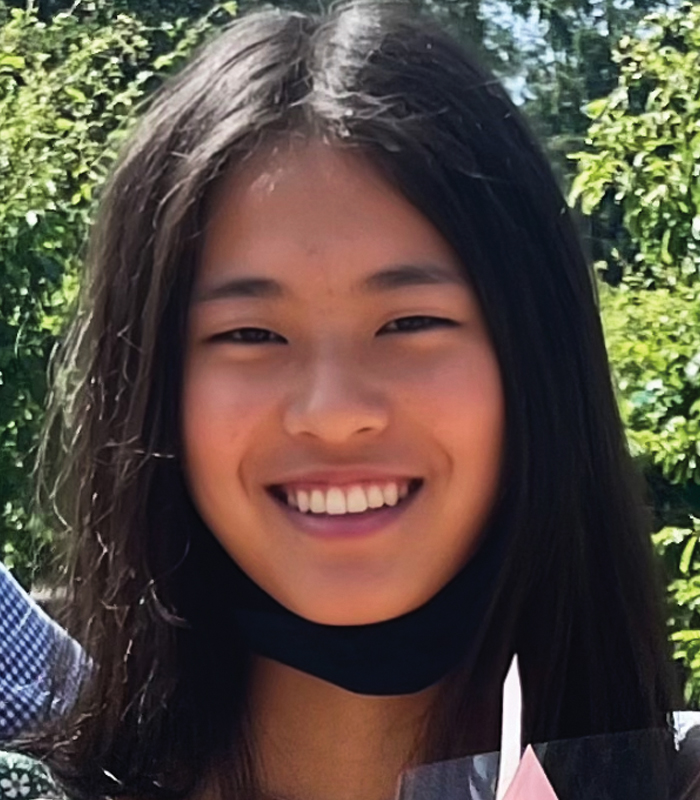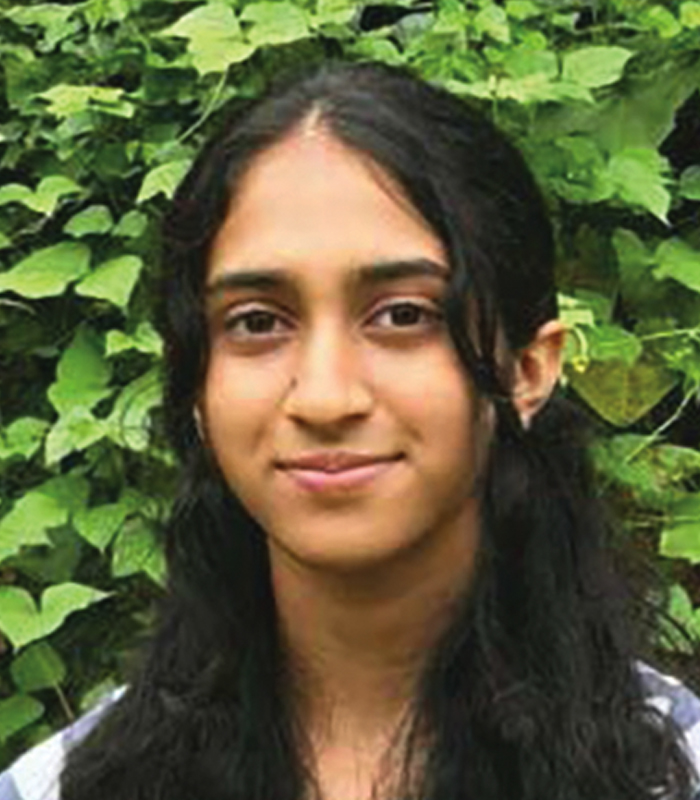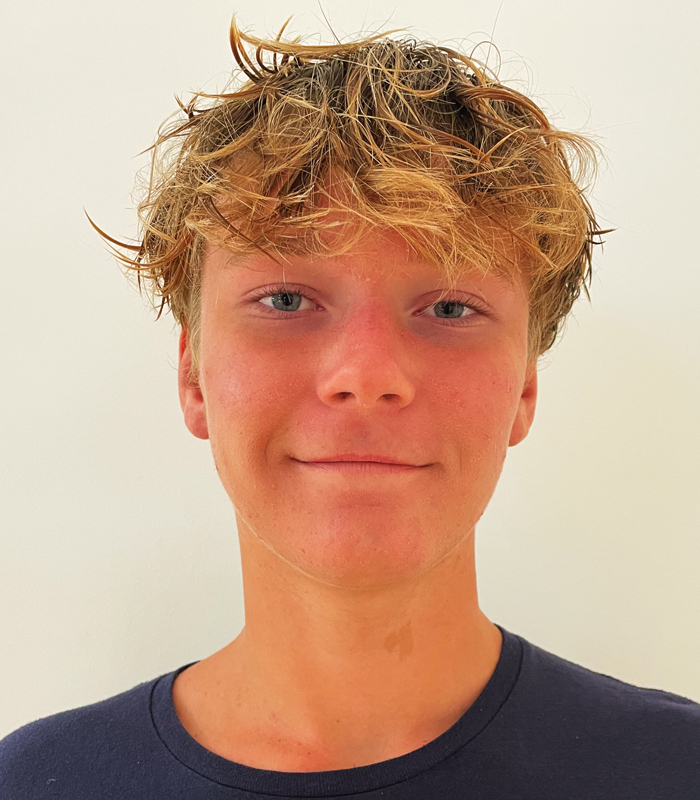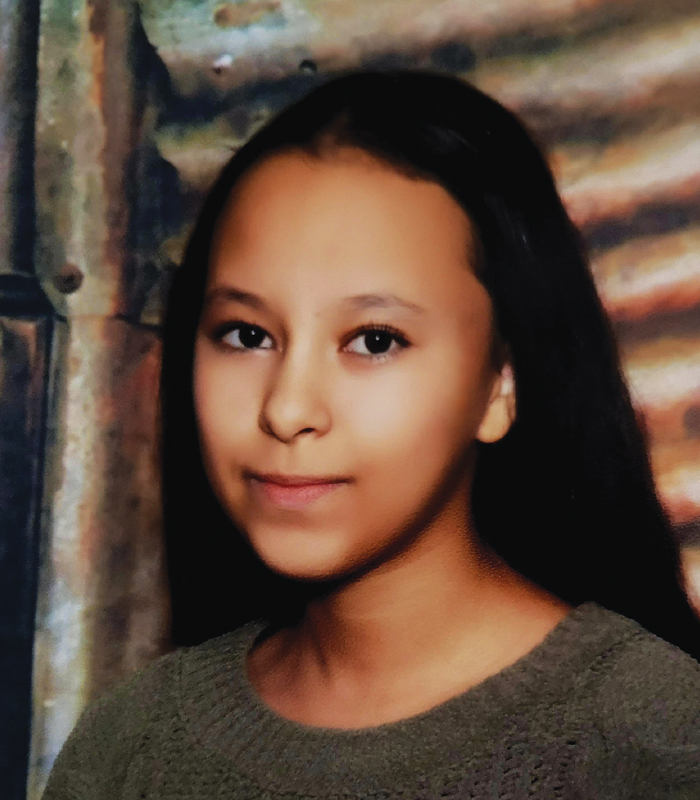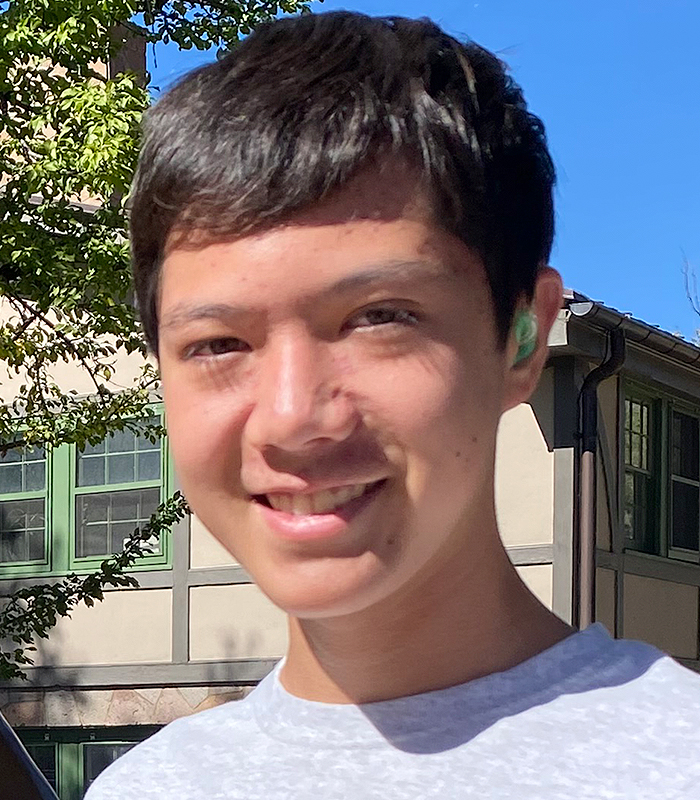2,917 results found for "2"
Blog Post
Thermo Fisher JIC finalists star at the Public Exhibition of Projects
Finals week of the inaugural Thermo Fisher Junior Innovators Challenge is finally here! Thirty of the top middle school STEM innovators have gathered from across the country in Washington, D.C. for a week of presenting their projects to scientific experts, taking part in team-based challenges and, most importantly, making new friends and having fun.
